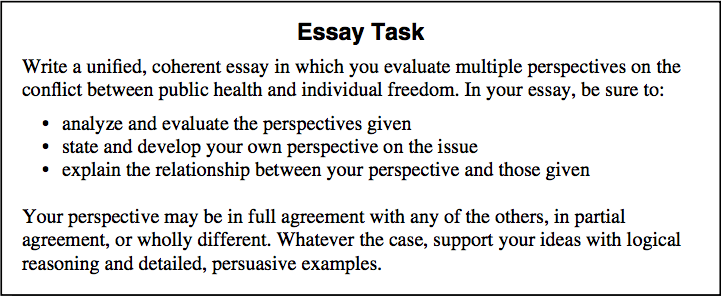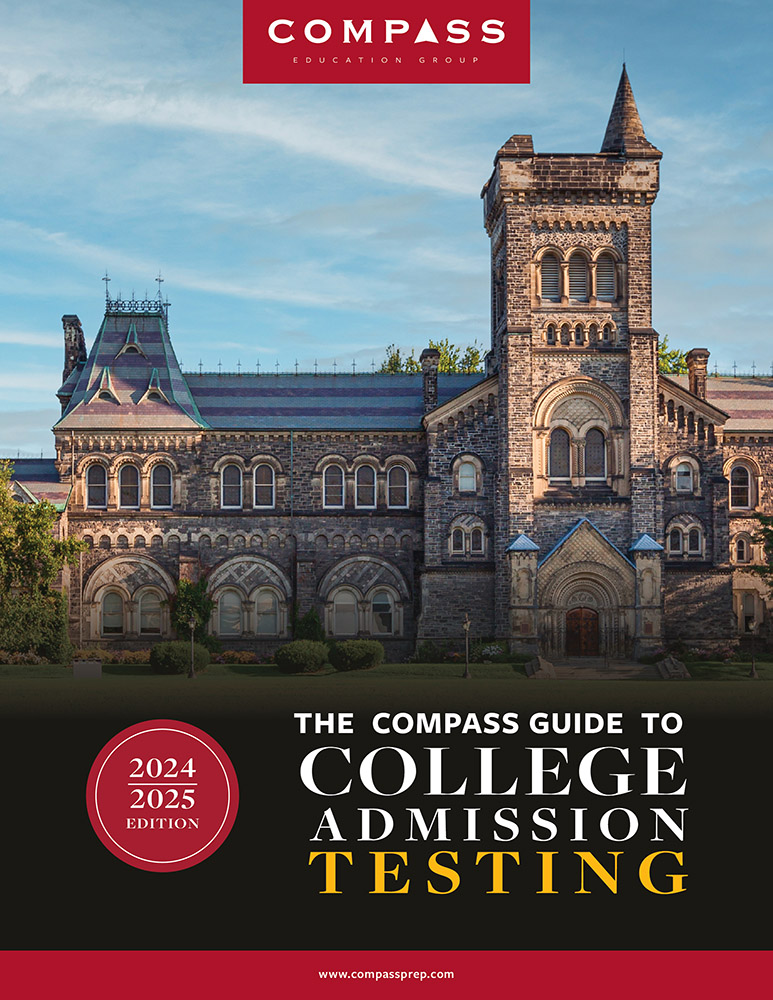
This post was contributed by Compass tutor extraordinaire, Sarah Del Collo. Sarah is a graduate of Clemson University’s BA and MA programs in English and completed her doctoral work at the Royal Holloway, University of London. She taught composition, Victorian literature, and poetry as an assistant professor at the University of Texas at Tyler before joining the Compass team in 2011.
The ACT set some noble goals for its recent revisions to the writing test: to encourage critical thinking, to move students away from simplistic hammer-my-point-home argument, and to encourage writing closer to an academic/professional model. Unfortunately, those goals aren’t explained on the test, leaving many students confused by the complex prompt and uncertain how to integrate its requirements. To achieve the “precision in thought and purpose” and “insightful context for analysis” mentioned in the ACT’s scoring rubric, students must look beyond the elements spelled out in the ACT essay prompt and identify its secret mission: recognizing audience and purpose.
This can be a challenge for the ACT’s own audience of test takers. Purpose and audience are at the heart of all successful writing, but they aren’t always a natural focus for high school students who have learned about writing by focusing on its elements one at a time. The ACT prompt plays to that approach by saying little about the essay’s overall goals. Instead, it focuses its support on individual elements. The prompt requests “detailed, persuasive examples,” and it helps students find them by supplying some general examples in the opening paragraph. It asks students to “evaluate multiple perspectives,” and it makes that easier by presenting interesting points of view for analysis. However, as the tasks grow more complex, the support tapers off. The prompt asks students to analyze and evaluate the perspectives and relate them to their own ideas, but it doesn’t tell them what purpose those tasks serve or what role they should play in the essay, and it is closed-mouthed about what the ACT considers good analysis. Worse, the overall purpose of the essay is a confusing muddle of directives:

These instructions foreground evaluation, suggesting at first glance that the goal of the essay is to discuss the strengths and weaknesses of each perspective. The student’s own position is simply to be “stated,” with the goal of persuasion suggested only obliquely through references to support and examples. Surrounded by injunctions to analyze, evaluate, and explain, the persuasive purpose of the essay is buried, and the possible audience is left to the imagination of a high-school student trying to write an unfamiliar style of essay in forty minutes.
The ACT could make the essay task much more accessible by helping students to embrace the roles that audience and purpose play. Instead, students must remind themselves of these fundamental concepts. Fortunately, two simple sentences can help students bring their goal into focus:
Imagine that each perspective is a person who holds that point of view. Write an essay that would persuade all three of those people to consider your own perspective.
This audience and purpose offer a framework for usefully incorporating the ACT’s requirements. Students know that people stop reading when their ideas are dismissed, ignored, or depicted unfairly. With a little role-playing, they easily recognize the difference between “Here’s why your idea is ridiculous” and “I agree with you on your first point. It’s a good goal. However, I think that we need to balance it with this second important goal. What if we try this?” They sense the vital role that this give-and-take of ideas plays in thoughtful persuasion. From there, it’s an easy step to recognizing that the analysis and evaluation required by the ACT can help to identify the common ground and establish the mutual respect that make that give-and-take possible.
A checklist like the one below can help students further strengthen their work by using audience and purpose to direct and focus the ACT’s requirements:
- Analyze and evaluate the perspectives to find common ground with your audience members and learn where you’ll need to work to change their minds.
- Relate the perspectives to your own ideas in ways that communicate to each audience member that his or her concerns have been understood and fairly represented.
- Develop a complex and persuasive position by addressing the most important concerns of each audience member.
- Supply compelling evidence that will sway even a resistant reader through strong logic and effective emotional appeals.
- Use your essay’s organization, transitions, and wording to appeal to your audience members and lead them toward your persuasive goal.
The revised ACT does one great service to student writing: it pushes for stronger critical thinking and a clearer recognition that good writing begins in the thoughtful examination of ideas. By bringing audience and purpose to bear, students can take the ACT’s own goals a step further and produce an essay that is not merely thoughtful, but also purposeful.

